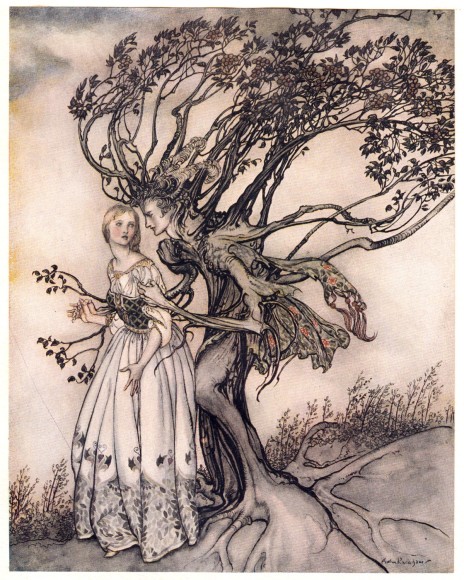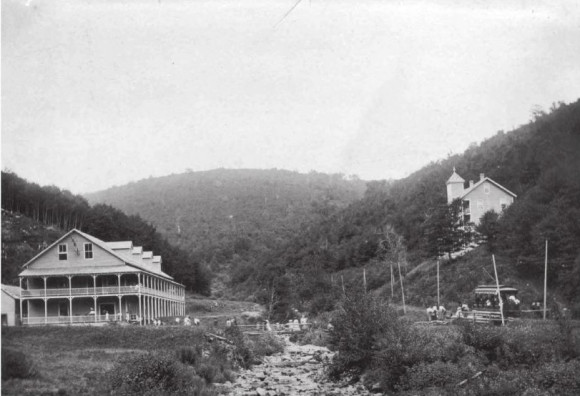“beauty and magic is not the absence of terror”
Unsanitized tales…
The Importance of Being Scared: Polish Nobel Laureate Wislawa Szymborska on Fairy Tales and the Necessity of Fear
By Maria Popova (Brain Pickings)
“Andersen had the courage to write stories with unhappy endings. He didn’t believe that you should try to be good because it pays … but because evil stems from intellectual and emotional stuntedness and is the one form of poverty that should be shunned.”
“If you want your children to be intelligent,” Einstein is credited with proclaiming, “read them fairy tales. If you want them to be very intelligent, read them more fairy tales.” Intelligence, of course, is a loose grab-bag term that encompasses multiple manifestations, but the insight attributed to Einstein applies most unequivocally to the ninth of developmental psychologist Howard Gardner’s multiple intelligences: existential intelligence.
Fairy tales — the proper kind, those original Brothers Grimm and Hans Christian Andersen tales I recall from my Eastern European childhood, unsanitized by censorship and unsweetened by American retellings — affirm what children intuitively know to be true but are gradually taught to forget, then to dread: that the terrible and the terrific spring from the same source, and that what grants life its beauty and magic is not the absence of terror and tumult but the grace and elegance with which we navigate the gauntlet….”
More here.
Share


